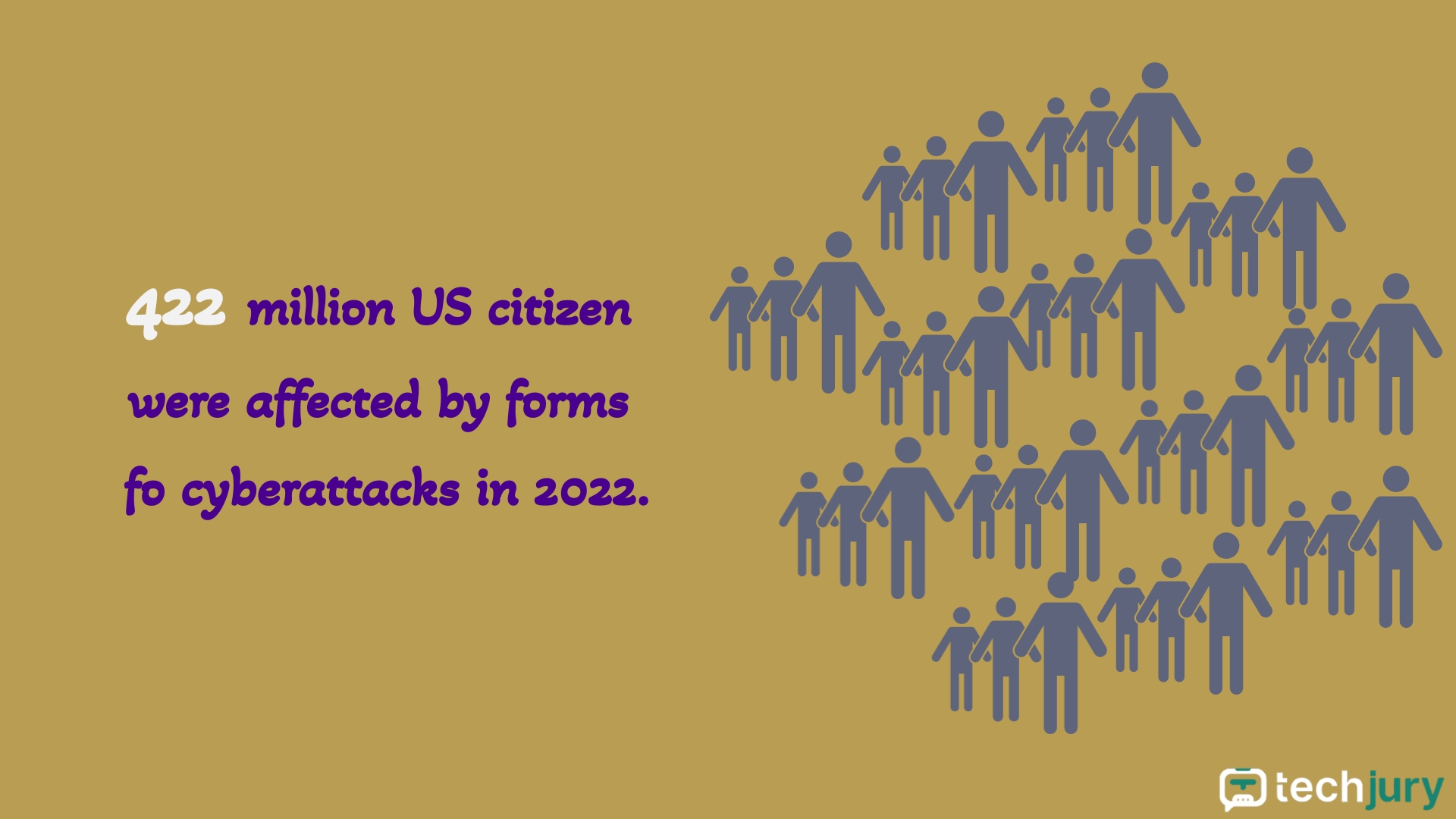
Introduction: Understanding Modern Cyber Conflict
In the intricate world of global security, cyberwarfare has transcended traditional conflict paradigms. No longer confined to physical battlegrounds, nations now wage sophisticated digital conflicts that can destabilize economies, compromise critical infrastructure, and reshape geopolitical dynamics within milliseconds.
The Evolving Nature of Digital Warfare
Cyberwarfare represents a complex, multidimensional threat landscape where technology, strategy, and human psychology intersect. Unlike conventional warfare, these digital confrontations occur silently, often undetected, with potential consequences far more profound than traditional military engagements.
Global Cyber Threat Landscape: Statistical Breakdown
Frequency and Scale of Cyber Attacks
Global Attack Metrics (2023-2024)
| Metric | Statistic |
|---|---|
| Attacks per Second | 4,500 |
| Daily Attack Volume | 388,800 |
| Annual Projected Attacks | 141,912,000 |
| Estimated Account Breaches | 33 Billion |
Geopolitical Cyber Attack Origins
Top Nation-State Cyber Actors
- Russia: 58% of global cyber attack origins
- United States: 46% of cyber operations
- China: 35% of state-sponsored attacks
- Iran: 12% of documented cyber incidents
- North Korea: 7% of global cyber activities
Sector Vulnerability Analysis
Most Targeted Sectors (2023)
Government Agencies: 80% of cyber targets
- Motivation: Intelligence gathering
- Primary Attack Vectors: Phishing, Advanced Persistent Threats (APTs)
Healthcare Systems: 44% increase in attacks
- Critical Infrastructure Vulnerability
- Potential Patient Data Compromise
Financial Services: 55% ransomware impact
- Economic Destabilization Potential
- High-Value Target Ecosystem
Education Sector: 43% global cyber attack target
- Research Intellectual Property Theft
- Large Student Data Repositories
Emerging Technological Threat Vectors
1. AI-Powered Cyber Attacks
- Machine learning enables sophisticated attack methodologies
- Adaptive threat generation
- Automated vulnerability discovery
2. Quantum Computing Vulnerabilities
- Potential to break current encryption standards
- Advanced computational threat modeling
- Unprecedented decryption capabilities
3. Blockchain Security Challenges
- Decentralized platform exploitation
- Smart contract vulnerabilities
- Cryptocurrency infrastructure risks
Economic Impact Assessment
Cyber Attack Financial Implications
Global Economic Damage Projection
- 2024-2025 Estimated Damage: $10.5 Trillion
- Average Data Breach Cost: $4.35 Million
- Small Business Bankruptcy Rate Post-Attack: 25%
Prevention and Mitigation Strategies
Comprehensive Cyber Defense Framework
Cyber Hygiene Protocols
- Regular Security Audits
- Continuous Monitoring
- Threat Assessment Mechanisms
Technological Defense
- AI-Powered Threat Detection
- Advanced Encryption Technologies
- Quantum-Resistant Cryptography
Global Collaborative Approaches
- International Cyber Security Frameworks
- Knowledge Sharing Platforms
- Unified Response Mechanisms
Humanitarian Considerations
Potential Cyber Warfare Consequences
- Critical Infrastructure Disruption
- Healthcare System Paralysis
- Socio-Economic Destabilization
- Communication Network Compromise
- Population Vulnerability
Future Projection: Cyber Landscape 2025-2030
Anticipated Trends
- Increased Geopolitical Digital Tensions
- AI-Driven Attack Methodologies
- Quantum Computational Threat Vectors
- Blockchain Security Challenges
Conclusion: The Digital Battleground
Cyberwarfare represents a complex, multifaceted global threat to international stability. The intersection of technology, strategy, and human behavior demands comprehensive, adaptive, and collaborative approaches to mitigate emerging digital risks.
Recommendations
- Continuous Technological Education
- Develop Global Cyber Security Frameworks
- Invest in Advanced Defense Technologies
- Create Robust Incident Response Protocols
Disclaimer: This analysis represents current cyber warfare statistical insights and will continuously evolve, requiring persistent monitoring and adaptive strategies.
About the Research
Compiled by a team of cybersecurity researchers, data analysts, and technology journalists, this report synthesizes global cyber threat intelligence from multiple governmental, academic, and industry sources.










